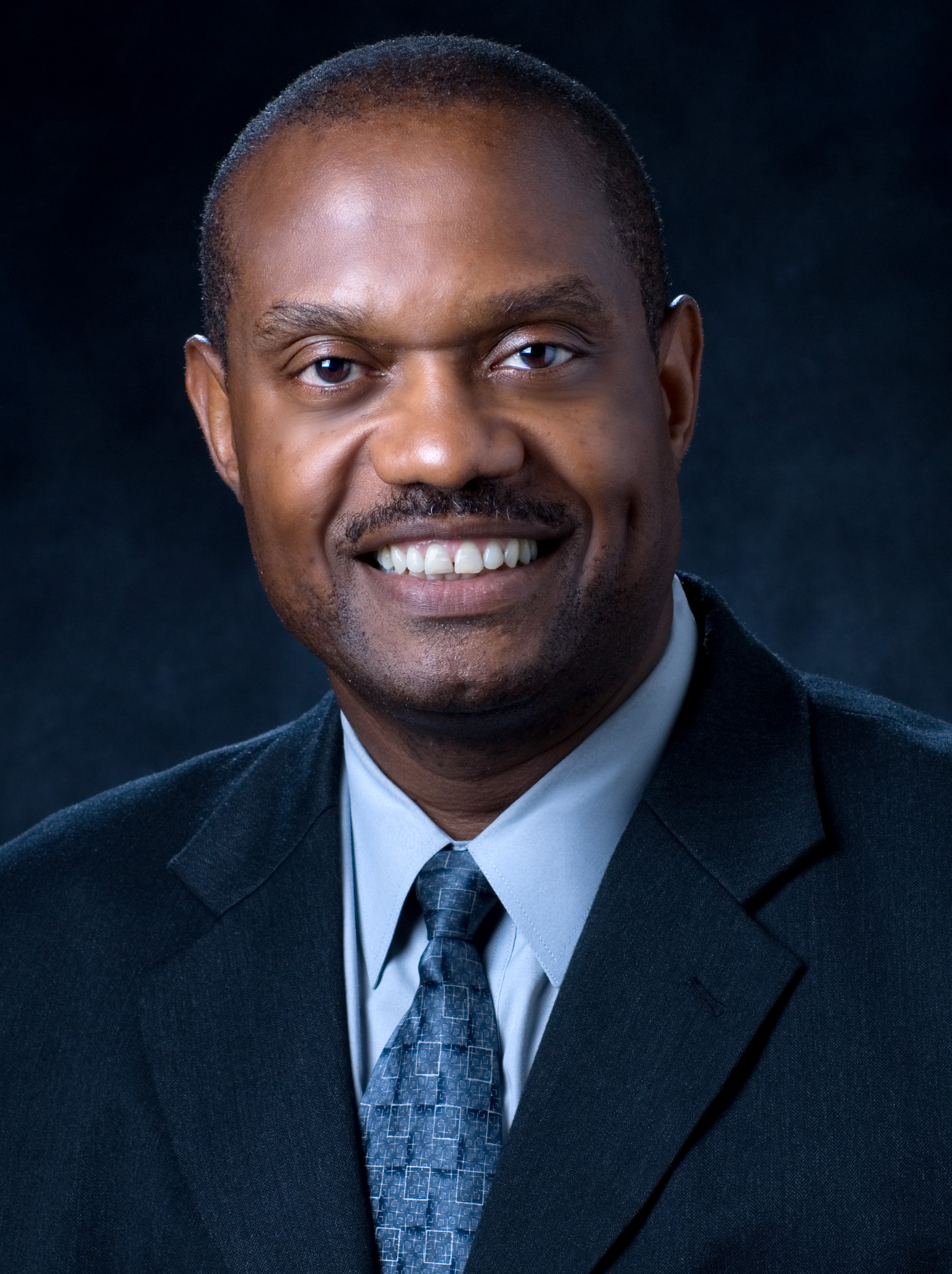HIV Prevention Efforts for Hispanics/Latinos must improve
Content From: Eugene McCray, M.D., Director, Division of HIV/AIDS Prevention, National Center for HIV/AIDS, Viral Hepatitis, STD, and TB Prevention, Centers for Disease Control and Prevention, and Dr. Jonathan Mermin, MD, MPH, (RADM, USPHS), Director, National Center for HIV/AIDS, Viral Hepatitis, STD, and TB Prevention, Centers for Disease Control and Prevention•Published: November 14, 2016•3 min read
Topics

Hispanics/Latinos are disproportionately affected by HIV. In 2014, 23% of all new HIV diagnoses in the United States were among Hispanics/Latinos, who represent 16% of the US population. Hispanics/Latinos account for 21% of the 1.2 million people living with HIV in the United States.
Recently, CDC released two reports showing that HIV prevention strategies among Hispanics/Latinos must improve, especially for gay and bisexual men.An examination of HIV testing efforts, submitted by 60 CDC-funded health departments and 151 community-based organizations, showed that broader implementation of routine HIV screening and targeting testing among Hispanics/Latinos, especially gay, bisexual, and transgender persons, is critical to identifying persons who are unaware of their HIV status. Hispanics/Latinos accounted for about 23% of CDC-funded HIV test events (valid HIV test events in this study were tests for which the results were known), and also about 23% of new HIV diagnoses. Gay and bisexual men accounted for only 20% of HIV test events conducted among Hispanics/Latinos, but represented 64% of Hispanics/Latinos receiving an HIV diagnoses. Overall, approximately 60% of Hispanics/Latinos newly diagnosed with HIV were linked to HIV medical care within 90 days, with fewer in the South being linked to care. This is below the 85% linkage goal established by the National HIV/AIDS Strategy.

We know many of the barriers Hispanics/Latinos face in accessing and receiving HIV testing: lack of health insurance, stigma or fear of discrimination, fear of disclosing immigration status, inadequate knowledge about available services, and erroneous beliefs about service eligibility for undocumented individuals. HIV prevention programs should expand testing, enhance linkage and partner services ensure access and adherence to antiretroviral therapy, and promote community-level and individual risk reduction for Hispanics/Latinos, including access to pre-exposure prophylaxis when appropriate.
Because HIV is preventable, individuals can take steps to protect themselves and their partners from HIV, beginning with getting tested. Currently 15% of Hispanics/Latinos living with HIV are unaware of their infection. CDC offers English/Spanish bilingual resources to raise awareness about HIV and testing for Hispanics/Latinos in its newest campaign, Doing It, intended to motivate adults to get tested for HIV. Doing It provides the basics of HIV prevention, information on where to get tested for HIV, and campaign materials. This is one example of the work going on across the country by many different organizations to address the disproportionate effect that HIV has on Hispanics/Latinos. There is always more to be done, but working together, we can help more Hispanics/Latinos living with HIV learn of their status, get linked to treatment, and receive the important services that can lead to a healthy life.